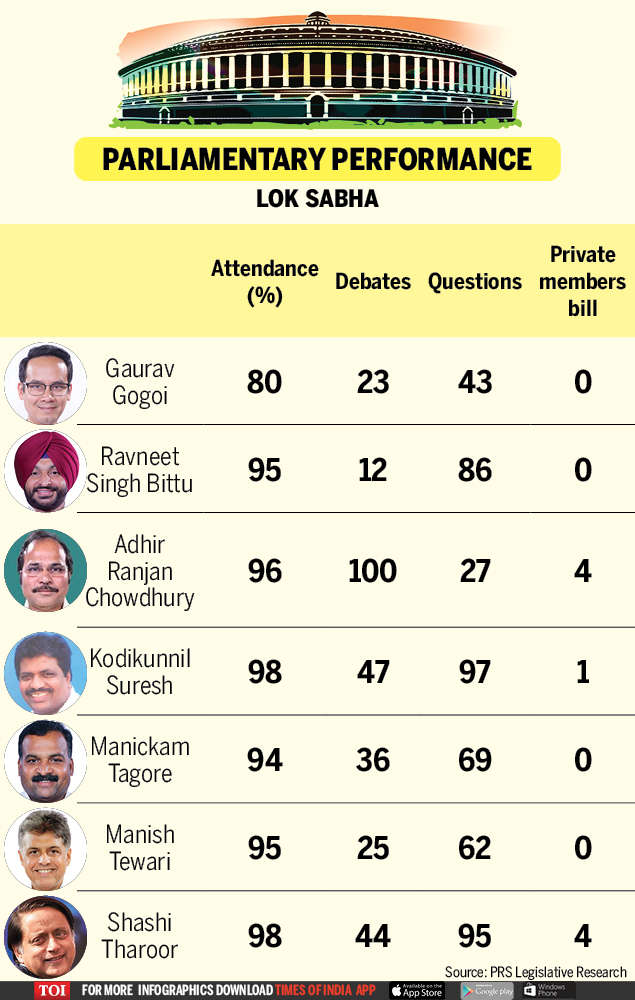SINGAPORE – With dining in no longer allowed since Tuesday (April 7), restaurants that choose to remain open had to come up with takeaway and delivery options.
Takeaway is the easier route. In fact, it may be more cost-effective than dining in as the eatery no longer requires as many wait staff or dish washers on duty. There are packaging costs, but they are not as significant.
The cost savings, as well as keen competition, may explain why many restaurants are offering takeaway discounts. Crystal Jade, for example, is giving 30 per cent off takeaway orders.
Four Seasons Hotel is offering a 20 per cent discount. Diners can also go for a bundle set, at $38 for two courses and $46 for three, from its One-Ninety Restaurant. The sets come with dishes such as wagyu beef burger, roasted seabass and laksa. The wagyu burger alone would have cost $42 a la carte.
Some establishments had already launched takeaway specials since diners stopped going out as much two months ago.
Since Feb 20, Putien, whose flagship in Kitchener Road has one Michelin star, has been giving 20 per cent off for takeaway deals that include set meals and some a la carte items. The promotion goes on till the end of the year.
DELIVERY IS MORE CHALLENGING
Home delivery, however, is a different kettle of fish. Many restaurants depend on delivery platforms Deliveroo, Foodpanda and GrabFood.
In Putien's case, delivery did boost business, contributing up to 50 per cent of its sales for some outlets before the circuit breaker period started. But its delivery radius is limited as it serves only areas in the vicinity of each of its 13 outlets.
Then there is the commission fee charged by the delivery platforms.
Mr Loh Lik Peng, who owns restaurants such as Burnt Ends, Meatsmith and Pollen, tells The Straits Times it is anything from 25 to 30 per cent of the bill.
He adds: "The fees charged by the delivery platforms ensure it's almost profit-free if we go down this route."
Industry insiders say for mid- to high-end restaurants, the profit margin can be much less than 30 per cent, even down to just 10 per cent after deducting rental, food and manpower bills – though some of the costs have now been cushioned by government measures. More money is made through drink sales.
On the difference between dine-in and takeaway or delivery, Mr Loh notes: "We know from experience that, at best, you get 30 per cent of your usual revenue because you just can't reach the same audience. And you can't upsell or move drinks."
But it is not like he has a choice in these times. "We will use whatever we can make from (deliveries and takeaways) to cover wages. It's definitely not a money-making exercise, but it may mitigate some losses."
His restaurants are monitoring developments over the next two weeks.
He says: "We are not entirely certain there is enough business for all of them to remain viable, but we are going to try very hard."
A closed Facebook group called Singapore Restaurant Rescue was also started last Sunday for independent eateries not listed on major food delivery services to reach out to customers with their offers.
It has more than 40,000 members, comprising restaurant owners and diners.
Enterprise Singapore has also announced that food and beverage businesses can save 20 per cent of delivery costs if they use third-party logistics firms such as Lalamove and Zeek.
GOING ON THEIR OWN
Some big players like five-star hotels already have their own delivery systems for food takeaways and home deliveries.
The Goodwood Park Hotel, for example, has its own call centre. Customers can also order via its website. The food is delivered by the hotel's drivers.
The hotel has closed L'Espresso cafe and the fine-dining Gordon Grill until May 4, but is taking orders for all its other restaurants, including Chinese restaurant Min Jiang at Dempsey.
A hotel spokesman says that in the few weeks before the circuit breaker period started, there were only about 20 takeaway and delivery orders a day, mainly takeaways from Min Jiang.
The numbers are expected to go up now that dine-in is banned, but the hotel is not optimistic.
The spokesman adds: "We do not expect the takeaway and delivery business to make up for the loss as many of our guests prefer dining in and there is stiff competition from the many food and beverage players."
At Pan Pacific Singapore, an existing e-commerce platform for Pacific Market Place, created to sell its house-made sausages, also now takes orders for islandwide food delivery from Japanese restaurant Keyaki and Cantonese restaurant Hai Tien Lo. The delivery charge of $20 is waived for orders of at least $100.

Grand Hyatt has also created $10 takeaway meals called "Meal in a Box, Wellness on the Go", but delivers only within a 4km radius and with a minimum of 20 orders.
Smaller restaurant groups have also set up their own platforms in the past week to reach customers island-wide.
The Cicheti Group, which owns casual Italian restaurants, not only uses delivery platforms such as Oddle, Deliveroo, Grab and Foodpanda, but has also launched its own system online and through WhatsApp. It charges a flat $10 delivery fee.
It has also tweaked some of its offerings to make them suitable for delayed consumption.
Ms Liling Ong, a partner of the group, saysRead More – Source
The post Omakase bento sets, DIY pasta kits: Restaurants get creative during circuit breaker month appeared first on News Wire Now.












